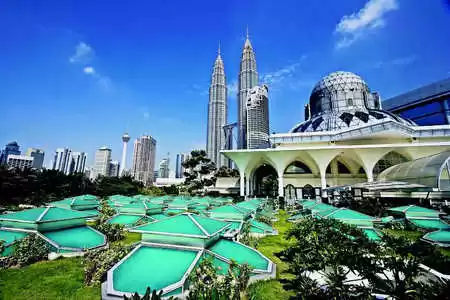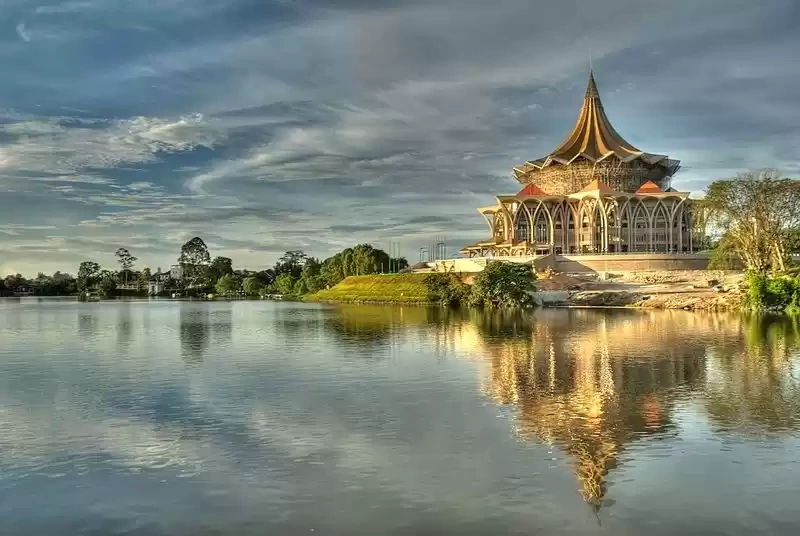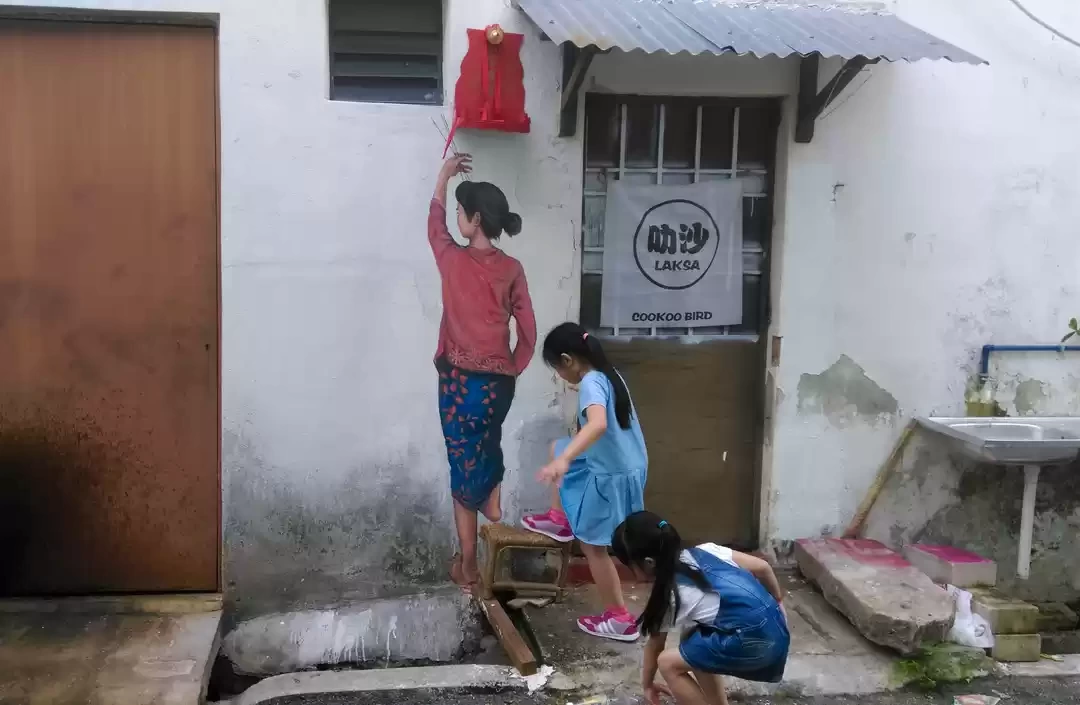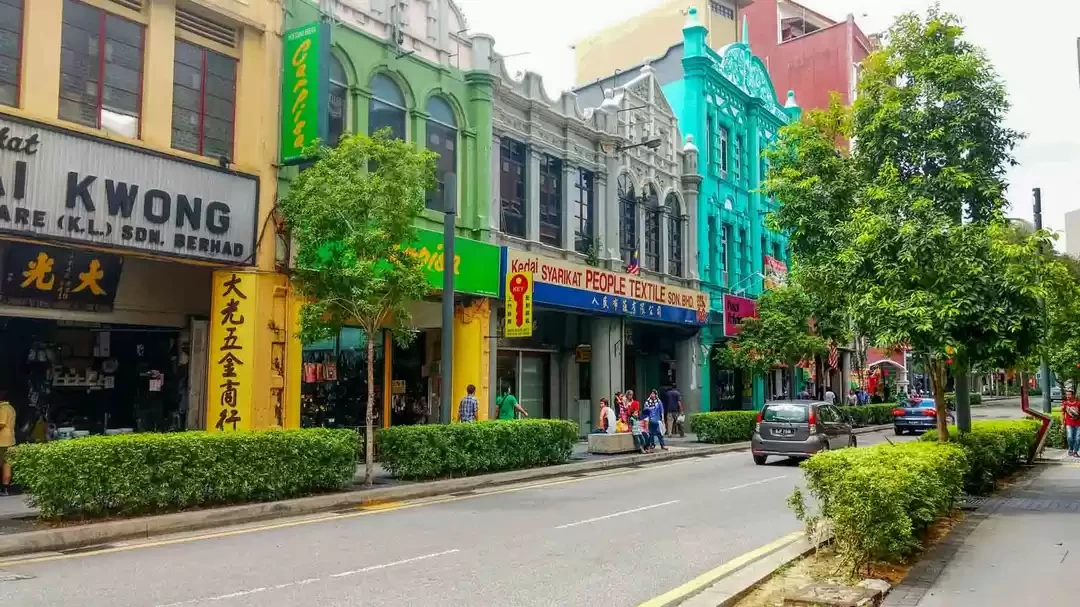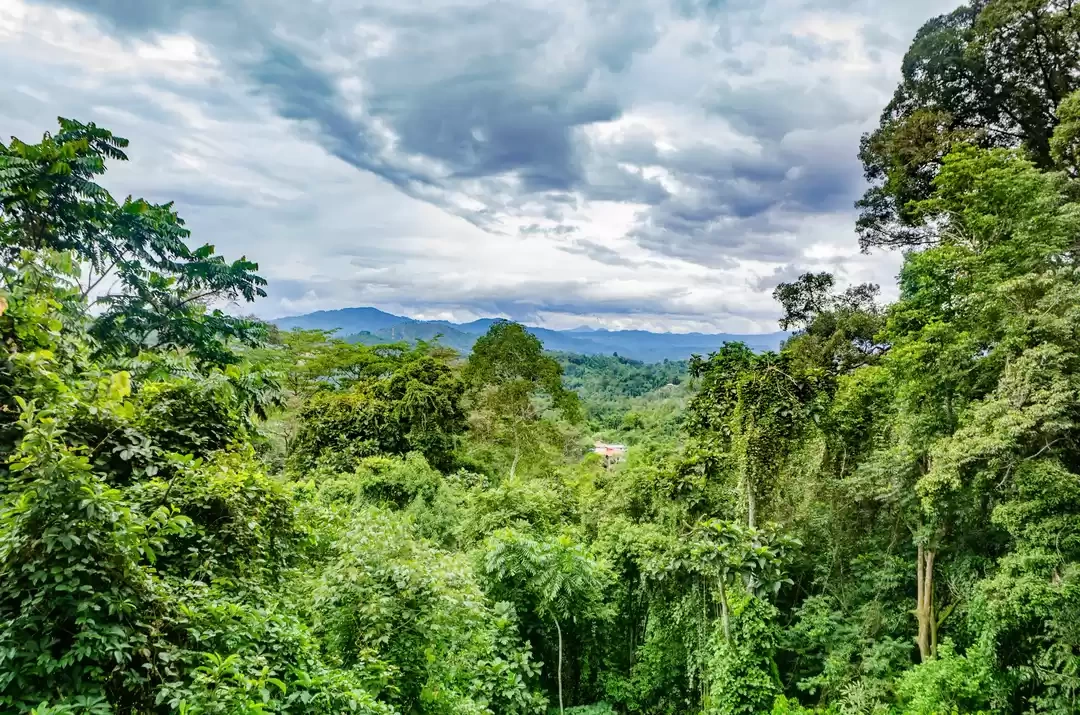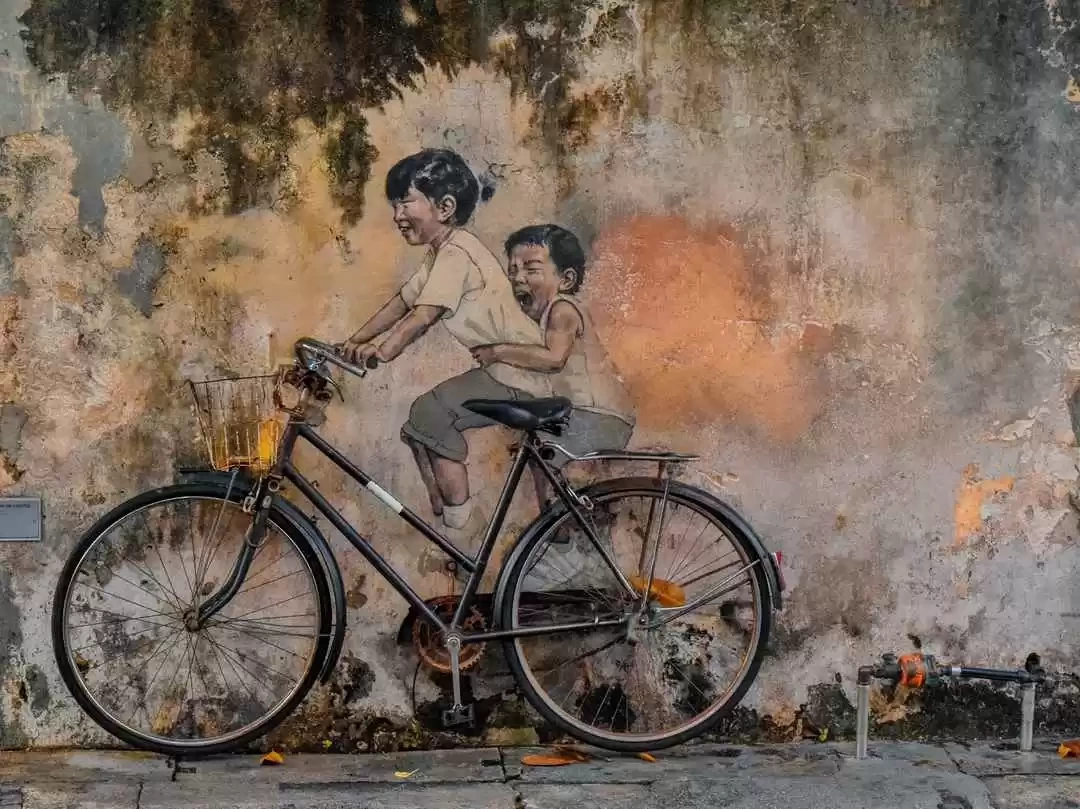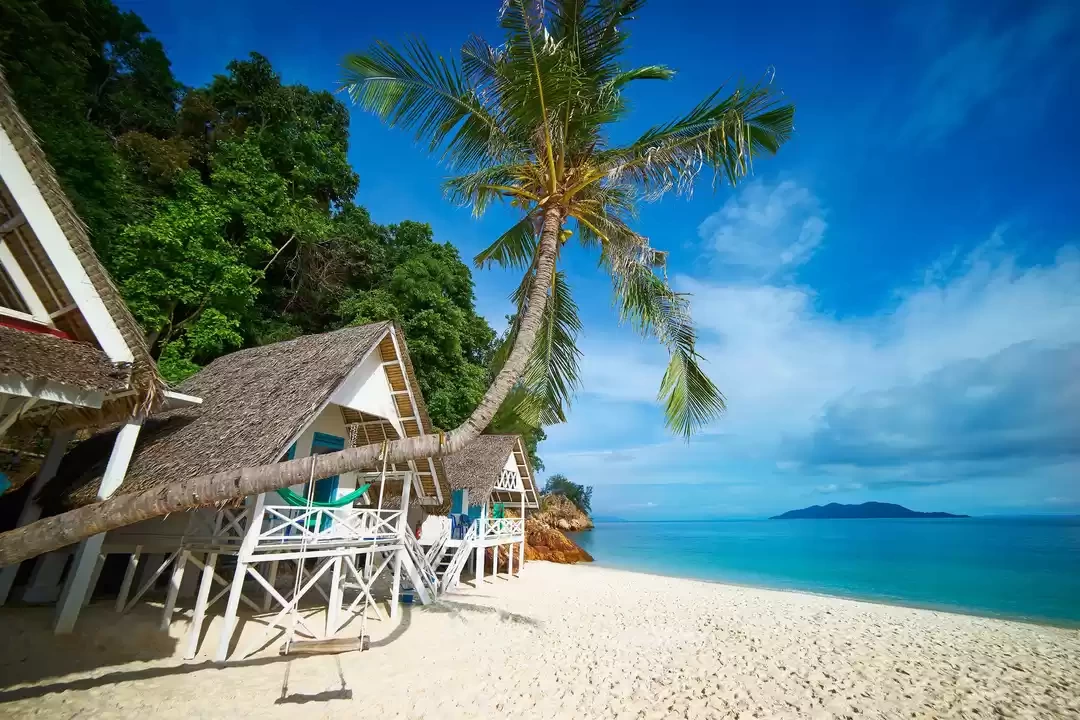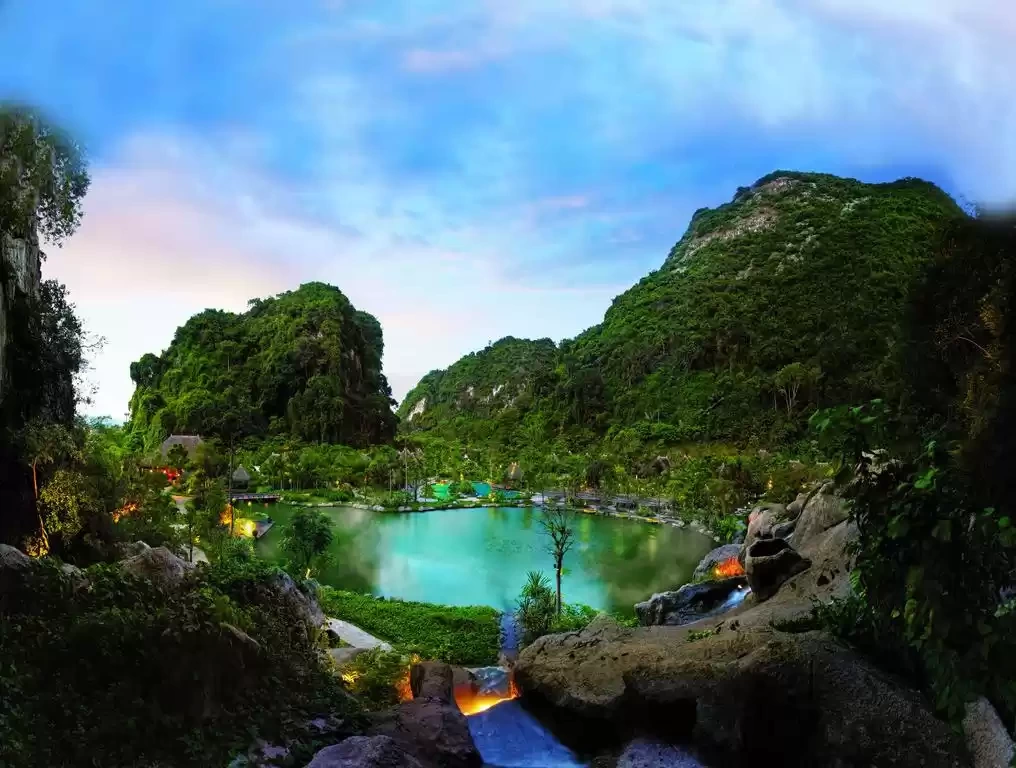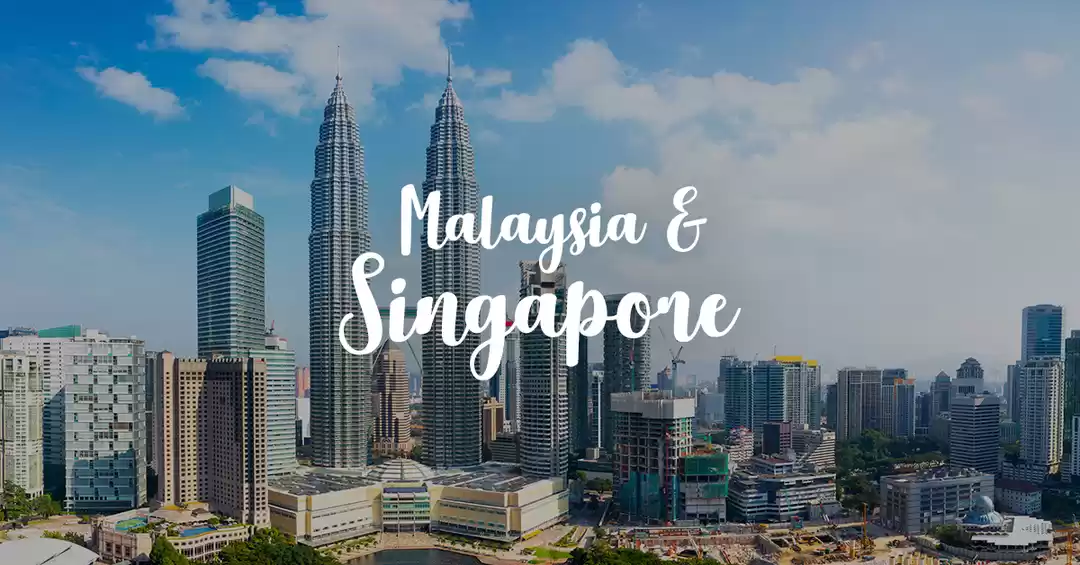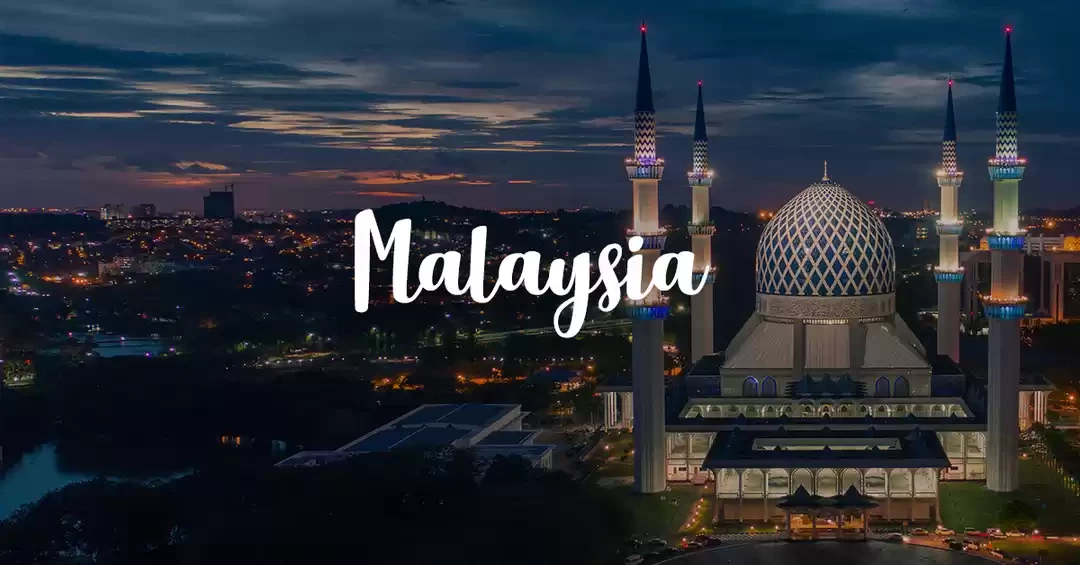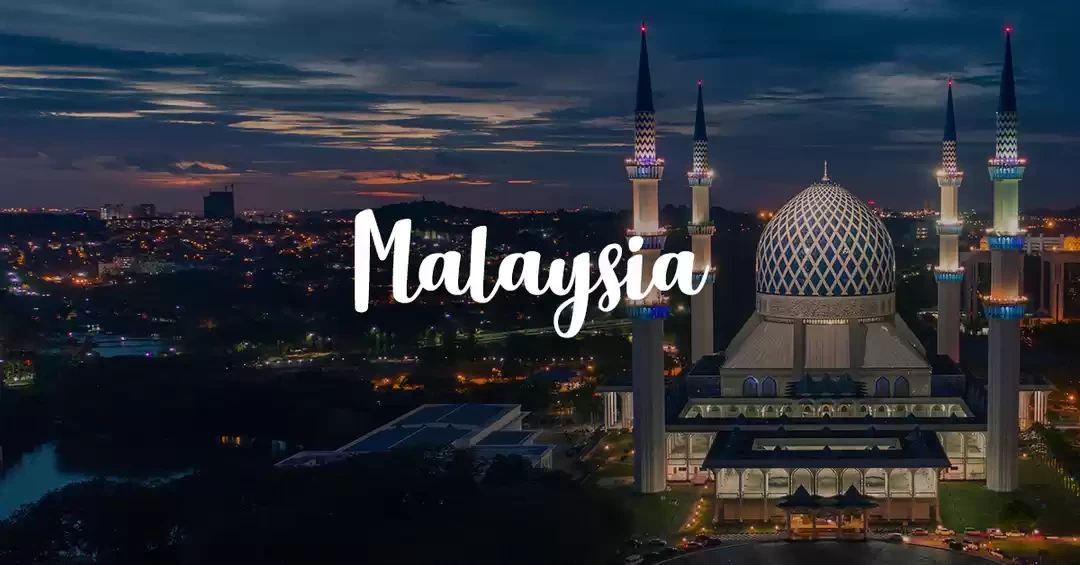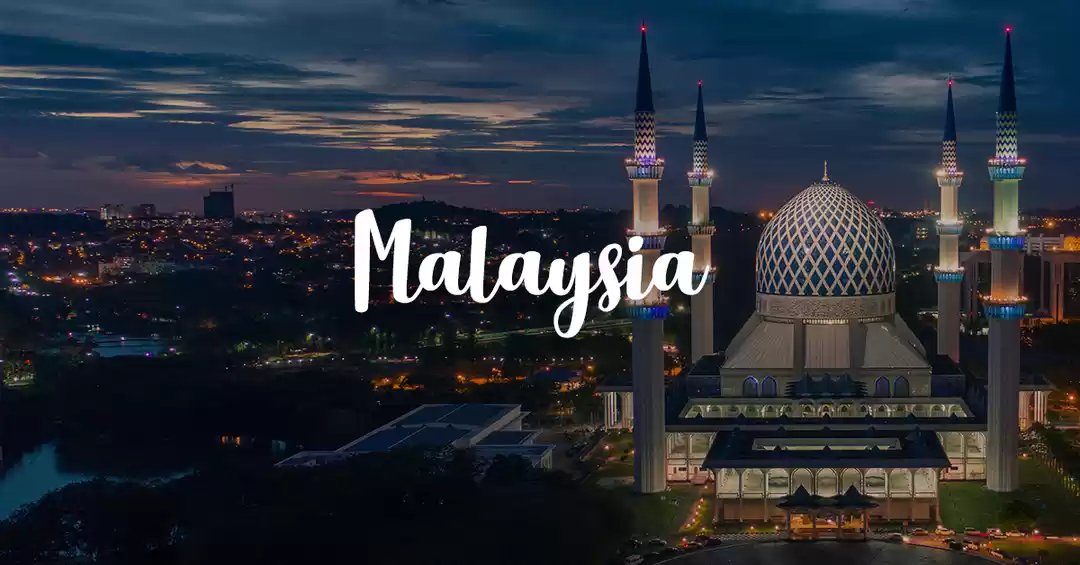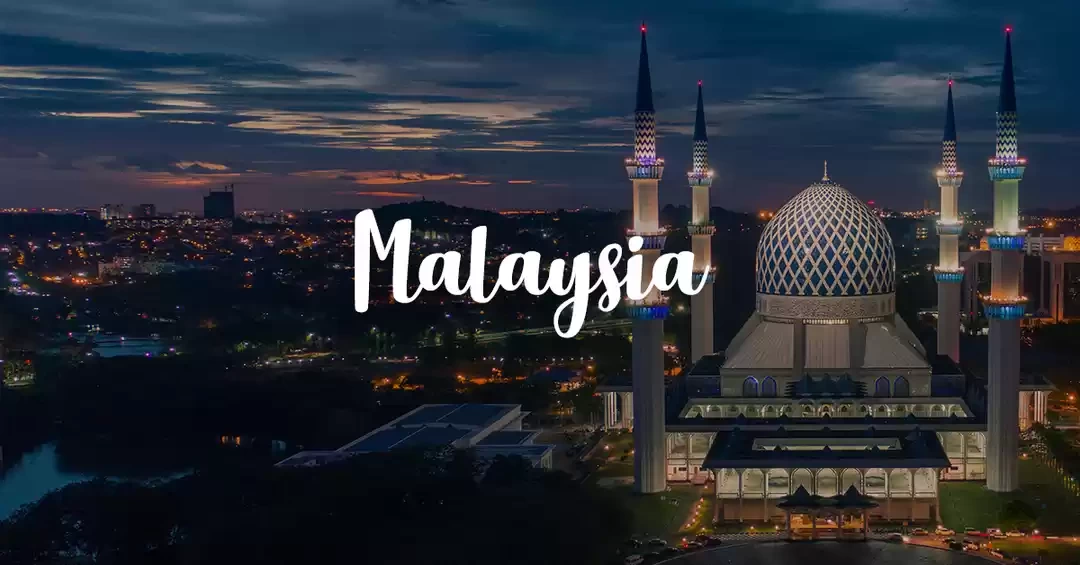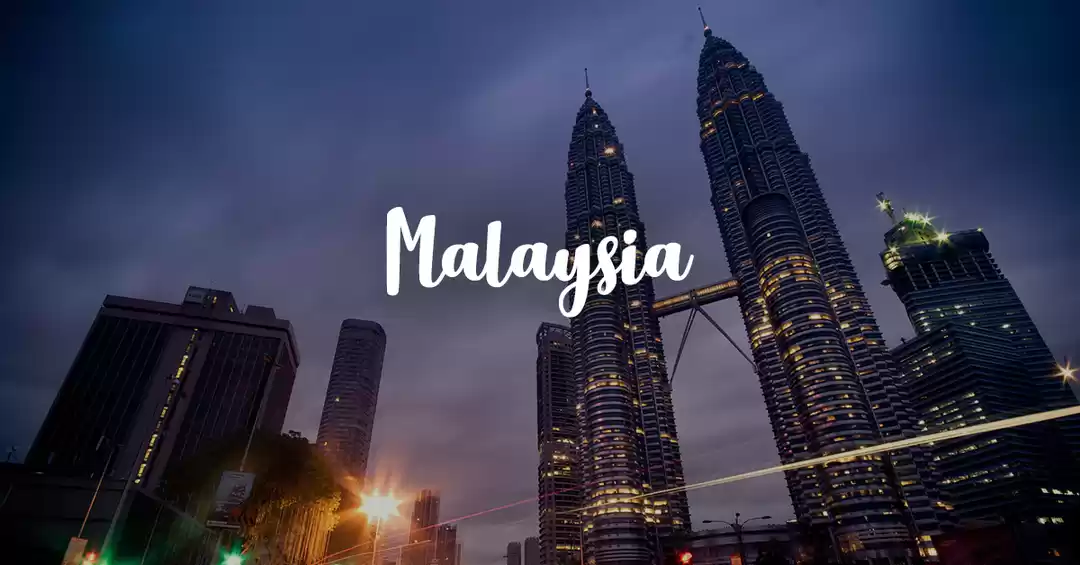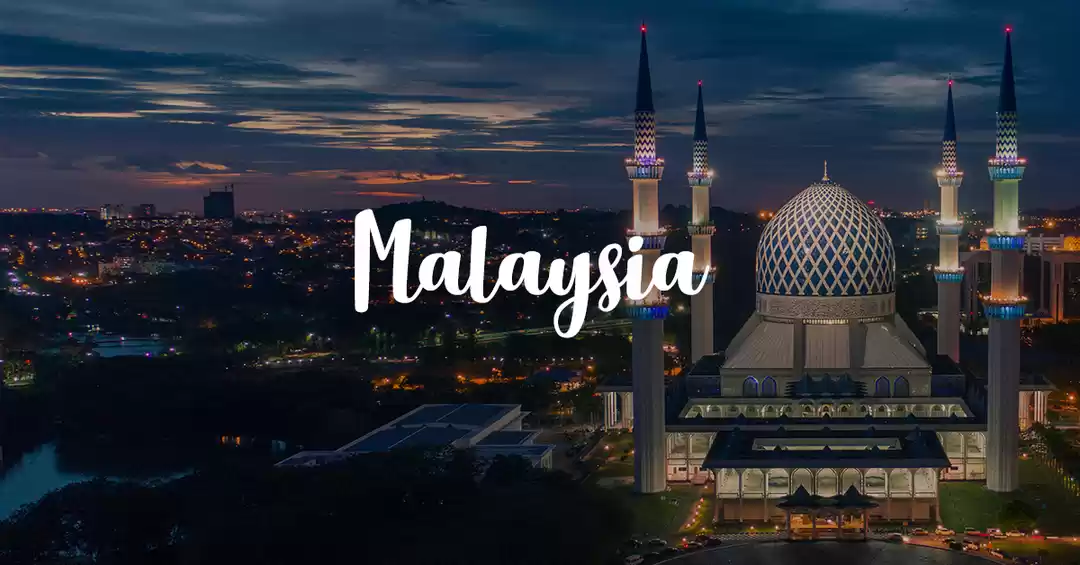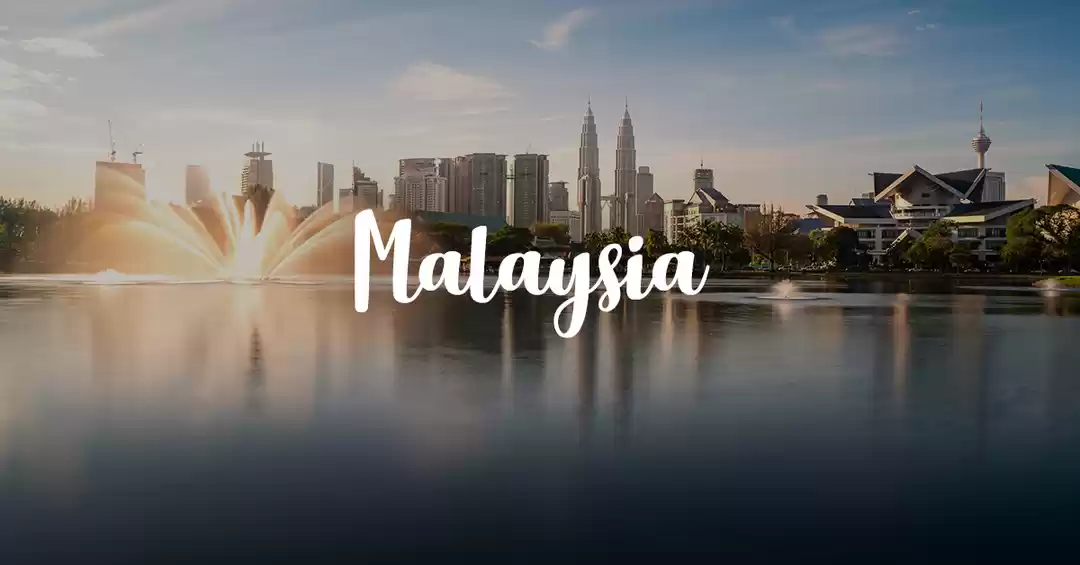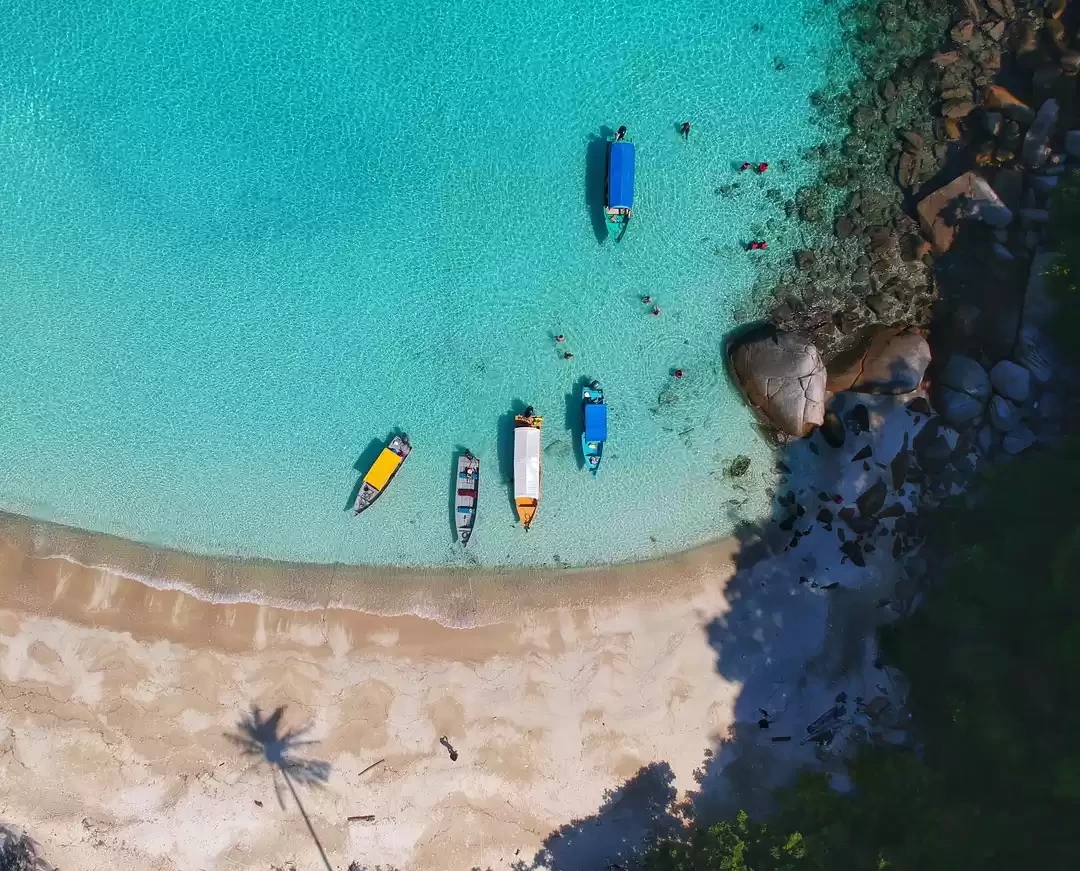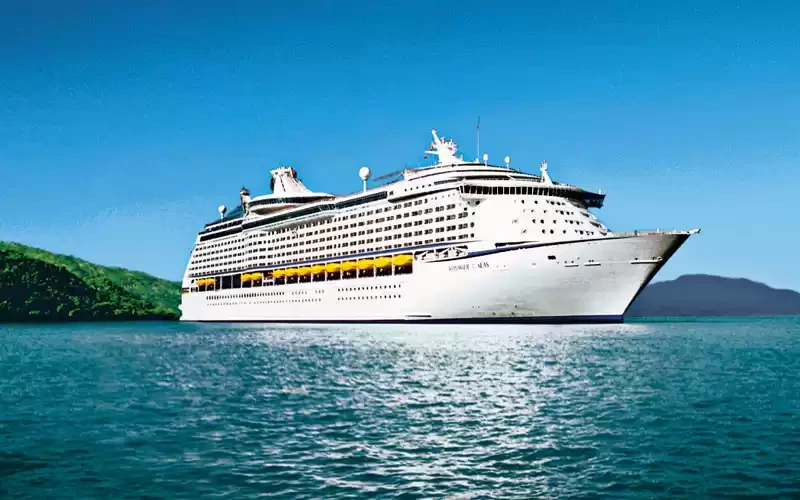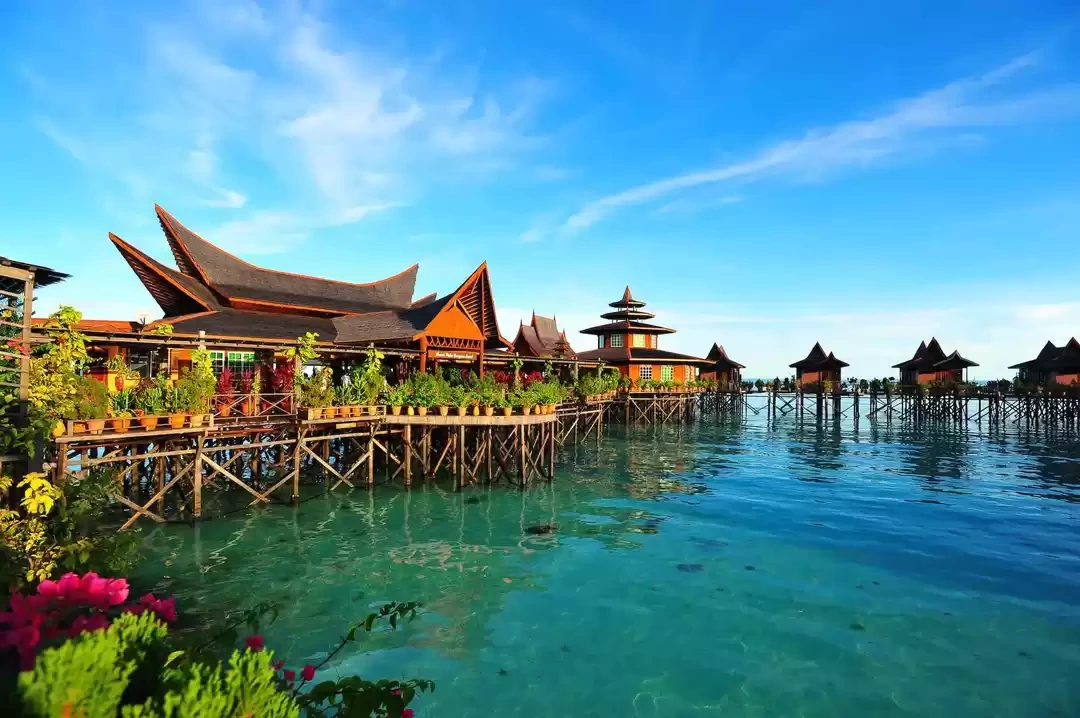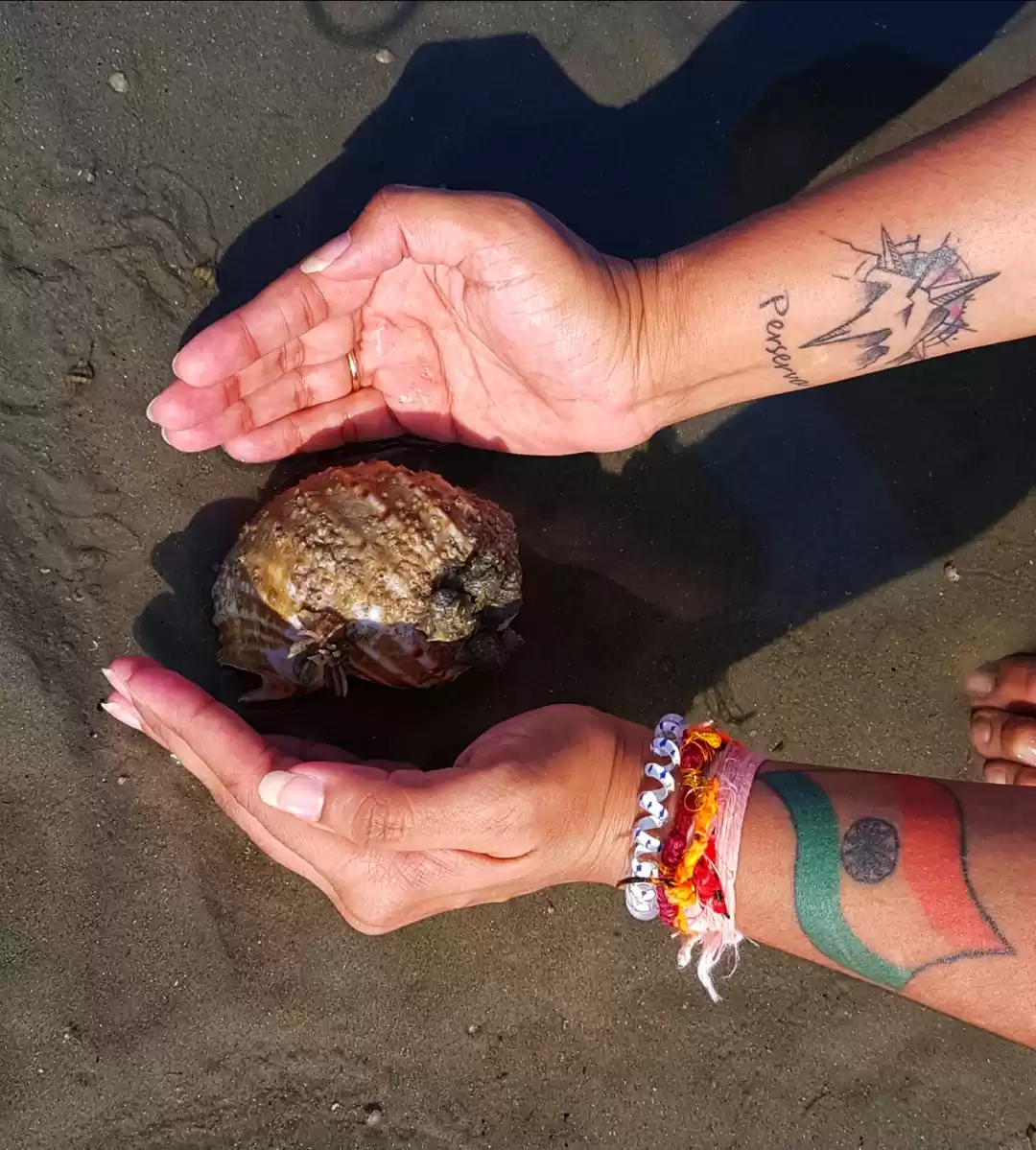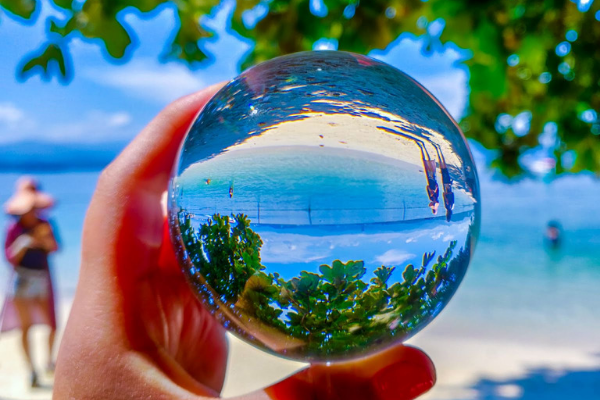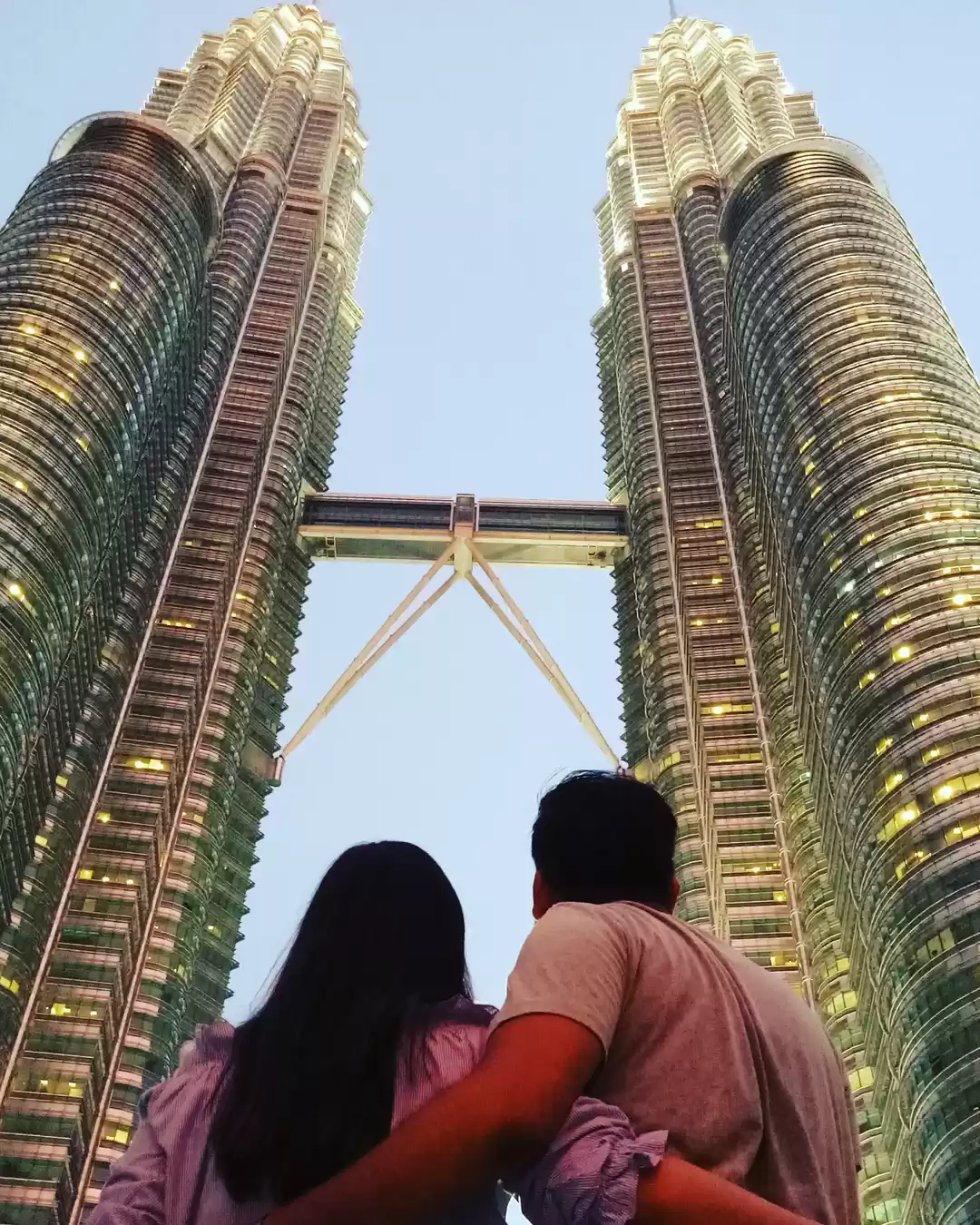Malaysia Tourism and Travel Guide
All You Need To Know About Traveling to Malaysia
Start Planning: Find Where To Stay in Malaysia
We've Got Some Amazing Packages for Malaysia
When in Malaysia, Don't Miss These Unique Travel Experiences!
Share Your Malaysia Travel Stories & Make It To Editor's Picks!
Best Time to Visit Malaysia
Malaysia, with its tropical climate and diverse landscapes, offers a unique travel experience throughout the year. The ideal time to visit depends on various factors, including weather preferences, events, and the type of activities you plan to engage in. Here's a detailed guide on the best time to visit Malaysia:
Weather Overview:
Malaysia experiences a tropical climate characterized by high temperatures, humidity, and significant rainfall. The country has two main seasons: the dry season (May to September) and the monsoon season (November to March). However, variations exist across different regions.
Dry Season (May to September):
- Peninsular Malaysia: The west coast, including Kuala Lumpur and Penang, experiences dry conditions during this period. This is considered the best time to visit these areas, with lower humidity and minimal rainfall.
- East Coast: Islands like Perhentian and Redang are accessible and offer excellent beach conditions. This is the peak tourist season, so expect higher prices and crowded attractions.
Monsoon Season (November to March):
- Peninsular Malaysia: The west coast experiences heavy rainfall during the monsoon season, resulting in occasional flooding. Travelers are advised to avoid this region during these months.
- East Coast: Islands like Tioman and Redang face monsoon-related closures. Many resorts and businesses shut down during this period.
Transitional Months (April and October):
- April: The transitional month between the monsoon and dry seasons. It's a good time to visit as the weather stabilizes, and tourist destinations become more accessible.
- October: Another transitional period, offering favorable conditions. It's an excellent time for outdoor activities and exploring both coasts.
Festivals and Events:
Consider local festivals when planning your visit:
- Chinese New Year (January/February): Vibrant celebrations but popular tourist destinations may be crowded.
- Hari Raya Aidilfitri (varies): Festive atmosphere but check dates as they vary each year.
- Thaipusam (January/February): A unique Hindu festival celebrated with colorful processions.
Activities and Events:
- Diving and Beach Activities (April to October): The dry season is ideal for water activities, especially on the west coast.
- Rainforest Exploration (Year-round): Taman Negara and other rainforests are accessible year-round, but trails may be muddier during the monsoon season.
- Cultural Festivals and Events (Year-round): Malaysia hosts cultural events and festivals throughout the year, offering a chance to experience local traditions.
Top Places to See in Malaysia
Malaysia boasts a diverse array of attractions that seamlessly blend the archaic with modernity, offering a complete itinerary for travelers. Here are some of the top destinations you shouldn't miss in Malaysia:
1. Kuala Lumpur: The Vibrant Capital
Kuala Lumpur, the bustling capital, is a vibrant blend of modernity and tradition. Explore the iconic Petronas Towers, witness cultural diversity at Central Market, stroll through historic Petaling Street, and visit the spiritual Batu Caves. Don't miss the marine wonders at Aquaria KLCC and the lush Kuala Lumpur Butterfly Park.
2. Penang: A UNESCO Heritage City
George Town, a UNESCO World Heritage site on Penang Island, is a treasure trove of history and culture. Wander through the colorful streets adorned with street art, savor diverse cuisines in Penang's street food haven, and visit landmarks like Kek Lok Si Temple and Fort Cornwallis.
3. Langkawi: Tropical Paradise
Langkawi, an archipelago of 99 islands, is a tropical paradise. Visit the Langkawi Skybridge for panoramic views, explore the vibrant Pantai Cenang Beach, and take a boat tour to the nearby islands. Dive into the rich underwater world at Underwater World Langkawi.
4. Malacca: Historical Gem
Malacca City, known for its historical significance, showcases a blend of colonial influences. Explore Jonker Street Night Market, take a stroll along the Malacca River, and visit the red-painted Dutch Square. The Melaka Straits Mosque offers serene views.
5. Cameron Highlands: Tea Plantation Haven
Escape to the cool Cameron Highlands, famous for its vast tea plantations. Visit the BOH Tea Plantation, explore strawberry farms, and enjoy scenic views from Gunung Brinchang. Immerse yourself in the floral beauty of Lavender Garden.
6. Borneo: Wildlife Sanctuary
Eastern Malaysia, particularly the states of Sabah and Sarawak on Borneo Island, offers unparalleled wildlife experiences. Visit the Sepilok Orangutan Rehabilitation Centre, explore Bako National Park, and embark on an adventure in Gunung Mulu National Park with its unique caves.
7. Taman Negara: Ancient Rainforest
Taman Negara, the world's oldest tropical rainforest, beckons nature enthusiasts. Take the thrilling Canopy Walk, go on a river safari, and immerse yourself in the lush greenery. A night tour unveils the forest's nocturnal wonders.
8. Perhentian Islands: Tropical Retreat
For a tropical escape, head to the Perhentian Islands. Snorkel in crystal-clear waters, relax on pristine beaches like Long Beach, and explore the vibrant underwater world. Perhentian Besar is ideal for a secluded retreat, while Perhentian Kecil offers a lively atmosphere.
9. Kuching: Gateway to Borneo
The charming city of Kuching in Sarawak serves as a gateway to Borneo's wonders. Explore Bako National Park, witness orangutans at Semenggoh Wildlife Centre, and visit cultural landmarks like The Astana.
10. Gunung Mulu National Park: Caving Adventure
Discover the unique limestone karst formations in Gunung Mulu National Park. Explore the world's largest cave chamber, the Sarawak Chamber, and take a boat ride to the park to witness its unmatched biodiversity.
Malaysia's diverse offerings cater to every traveler's taste, from urban explorers to nature enthusiasts. Always check travel advisories and entry requirements before planning your trip to ensure a seamless and unforgettable Malaysian adventure.
Best Things to Do in Malaysia
Best Things to Eat in Malaysia
Malaysia, renowned for its diverse cultural influences, offers a tantalizing array of dishes that reflect the country's rich culinary heritage. Here are some of the best things to eat in Malaysia:
1. Nasi Lemak:
Considered Malaysia's national dish, Nasi Lemak is a fragrant rice dish cooked in coconut milk and pandan leaves. Served with anchovies, peanuts, boiled eggs, cucumber, and sambal (spicy chili paste), it's a flavorful and satisfying meal.
2. Char Kway Teow:
A popular street food, Char Kway Teow is a stir-fried flat rice noodle dish cooked with prawns, Chinese sausage, bean sprouts, and chives. The dish is elevated by a smoky flavor imparted by the wok.
3. Satay:
Satay consists of skewered and grilled meat, usually served with a delicious peanut sauce. Chicken, beef, and lamb satay are common, offering a perfect blend of sweet and savory flavors.
4. Laksa:
There are various types of Laksa in Malaysia, but most feature a spicy and aromatic broth with rice or wheat noodles. The popular ones include Laksa Lemak (coconut milk-based) and Assam Laksa (tamarind-based).
5. Roti Canai:
Roti Canai is a type of flatbread served with curry sauce, dal (lentil curry), or dhal. It's a popular breakfast option and is often enjoyed with a cup of teh tarik (pulled tea).
6. Hainanese Chicken Rice:
A Malaysian comfort food, Hainanese Chicken Rice features succulent poached or roasted chicken served with fragrant rice and accompanied by chili sauce and ginger paste.
7. Nasi Goreng:
A flavorful fried rice dish, Nasi Goreng incorporates a mix of ingredients such as shrimp, chicken, and vegetables. Topped with a fried egg, it's a satisfying and hearty meal.
8. Mee Goreng Mamak:
Mee Goreng Mamak is a spicy fried noodle dish commonly found at Mamak stalls. It's stir-fried with a mixture of vegetables, prawns, and tofu, seasoned with a blend of spices.
9. Rendang:
Beef Rendang is a rich and flavorful coconut curry dish made with tender beef, lemongrass, coconut milk, and a medley of spices. It's slow-cooked to perfection, resulting in a delightful and aromatic curry.
10. Cendol:
For dessert, indulge in Cendol, a sweet and refreshing dish featuring green rice flour jelly, coconut milk, palm sugar, and shaved ice. It's a perfect treat to cool down in Malaysia's tropical climate.
11. Durian:
Brave adventurers can try the infamous Durian, often referred to as the "king of fruits." While its pungent aroma can be off-putting to some, the custard-like texture and unique flavor make it a delicacy for others.
12. Teh Tarik:
End your culinary journey with Teh Tarik, a pulled tea that's both strong and sweet. The tea is poured back and forth between two containers to create a frothy and flavorful drink.
Malaysia's diverse food scene ensures there's something to delight every palate. Whether you're exploring street food markets or dining in a local eatery, Malaysia's culinary offerings promise a memorable gastronomic experience.
Also Read: The Malaysian Delicacies Should be on Your MUST-TRY List When Visiting Malaysia
Best Places to Eat in Malaysia
Malaysia is a culinary paradise with a diverse range of dining options. Here's a list of some of the best places to eat in Malaysia, spanning street food stalls to upscale restaurants:
Kuala Lumpur:
-
Jalan Alor:
- Type: Street Food
- Description: This bustling street is a haven for food lovers. Sample a variety of local dishes, from satay to grilled seafood.
-
Hutong Lot 10:
- Type: Food Court
- Description: Located in Lot 10 Shopping Centre, Hutong gathers some of Kuala Lumpur's best hawkers under one roof, offering a mix of Chinese cuisine.
-
Din Tai Fung:
- Type: Restaurant
- Description: Renowned for its exquisite dumplings, Din Tai Fung, located in Pavilion KL, offers a taste of authentic Taiwanese cuisine.
-
Enak KL:
- Type: Malay Fine Dining
- Description: Situated in Starhill Gallery, Enak KL provides an elegant setting to savor traditional Malay flavors with a modern twist.
Penang:
-
Gurney Drive Hawker Centre:
- Type: Hawker Centre
- Description: An iconic destination for Penang street food, offering a wide array of local delights such as char kway teow, laksa, and more.
-
Line Clear Nasi Kandar:
- Type: Nasi Kandar
- Description: A legendary spot for Nasi Kandar, Line Clear is known for its aromatic rice accompanied by a variety of flavorful curries.
-
Kebaya Restaurant:
- Type: Fine Dining
- Description: Located in Seven Terraces Hotel, Kebaya Restaurant provides an elegant setting to savor Nyonya cuisine, blending Chinese and Malay flavors.
Malacca:
-
Jonker Street Night Market:
- Type: Street Food
- Description: This vibrant night market is a food haven, offering everything from chicken rice balls to durian cendol.
-
Nancy's Kitchen:
- Type: Nyonya Restaurant
- Description: Renowned for its authentic Nyonya dishes, Nancy's Kitchen in Jonker Street is a must-visit for those exploring Malacca's culinary scene.
Ipoh:
-
Lou Wong Bean Sprout Chicken:
- Type: Chicken Rice
- Description: A famous spot for Ipoh's signature dish, bean sprout chicken rice, located in the heart of the city.
-
Restoran Tauge Ayam Lou Wong Ipoh:
- Type: Noodles
- Description: Another gem for Ipoh's delicacies, offering a delightful combination of smooth chicken and crunchy bean sprouts in noodles.
Sabah (Borneo):
-
Welcome Seafood Restaurant:
- Type: Seafood
- Description: Located in Kota Kinabalu, Welcome Seafood is renowned for its fresh seafood, offering a variety of dishes prepared to perfection.
-
Little Italy:
- Type: Italian
- Description: For a different culinary experience, Little Italy in Kota Kinabalu serves delicious Italian cuisine in a cozy atmosphere.
These are just a few highlights, and Malaysia's vibrant food scene offers countless hidden gems waiting to be discovered. Whether you're a fan of street food, fine dining, or a fusion of flavors, Malaysia has something to satisfy every palate.


